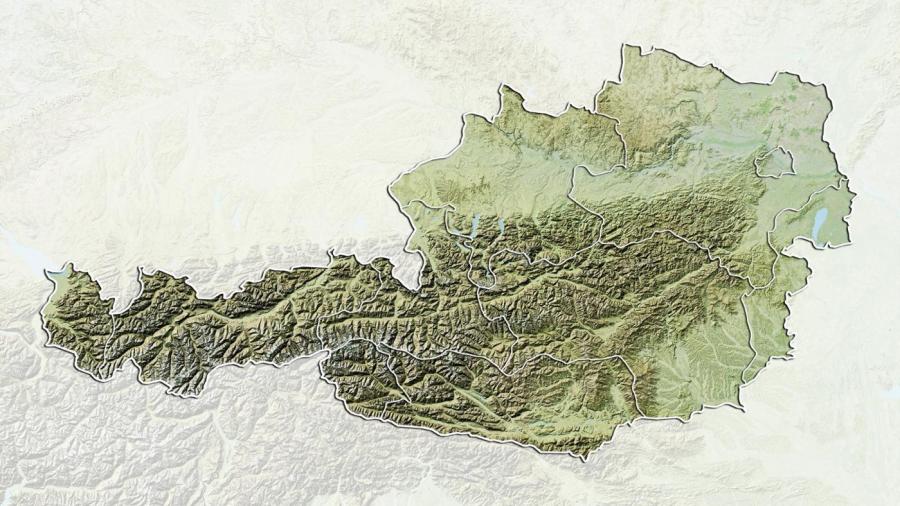What New Countries Formed After WWI?

The Treaty of Versailles created several new countries in Europe, most of them built around distinct ethnic identities such as Austria. Other new countries, such as Czechoslovakia, were carved from older empires and populated by two or more major ethnic groups.
Before World War I, Eastern Europe was dominated by the Austro-Hungarian, Russian and Ottoman Empires. With the treaties of Brest-Litovsk and Versailles, these lands were carved into the Baltic states of Finland, Latvia, Lithuania and Estonia. Russian and German territory was sacrificed to create Poland, and the medieval realms of the Sudentenland, Bohemia, Moravia and Ruthenia were united under a republican government in Prague, Czechoslovakia. Hungary and what would become Yugoslavia, which had enjoyed a measure of autonomy under Austrian rule, gained full independence under the treaties of St. Germain-en-Lay and Trianon. On the border between Yugoslavia, Austria and Italy, the city of Trieste became a self-governing entity.
Beyond Europe, many colonial empires gained territory from the dismantled German Empire. Some of these lost territories, such as Syria, were placed under the authority of the League of Nations and eventually won independence. Other colonies, such as Germany’s African possessions, formed the nucleus of the future independent nations of Namibia, Tanzania, Uganda and Rwanda.





